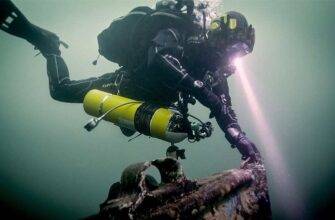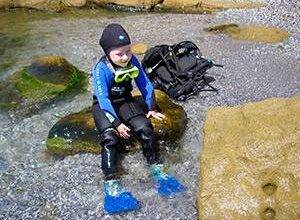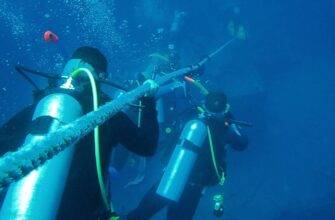Of the gases dissolved in water, oxygen, carbon dioxide, and nitrogen are the most common. Their quantity depends on a number of physical and biological factors. One factor that determines the solubility of a gas in water is temperature.
As you will learn in Chapter 4, cold water may contain more dissolved gas than warm water. The metabolic activity of plants and animals also greatly affects the amount and composition of dissolved gases.
Plants absorb carbon dioxide and release oxygen during photosynthesis, while animals use oxygen and release carbon dioxide during respiration.
Although most of the solids dissolved in seawater are sea salts – inorganic substances – there are also organic substances or those that actively interact with organisms. These elements are essential to life and differ from salts in several ways.
The first difference is that the principle of constant proportion (invariability of the ratio of different salts in seawater) does not apply to these substances. The amounts of these substances in the water are variable, and their ratios change. These changes are related to biological and geological activity and do not depend on salinity.
For example, some organic substances may be present in small amounts in communities with high biological activity. In other areas, the same substances may be in overabundance due to pollution or the release of mineral water from underground.
All life on Earth depends on substances from non-living nature. The constant circulation of elements between organisms (biological form) and non-living nature (geological form) is called the biogeochemical cycle.
Read More:




